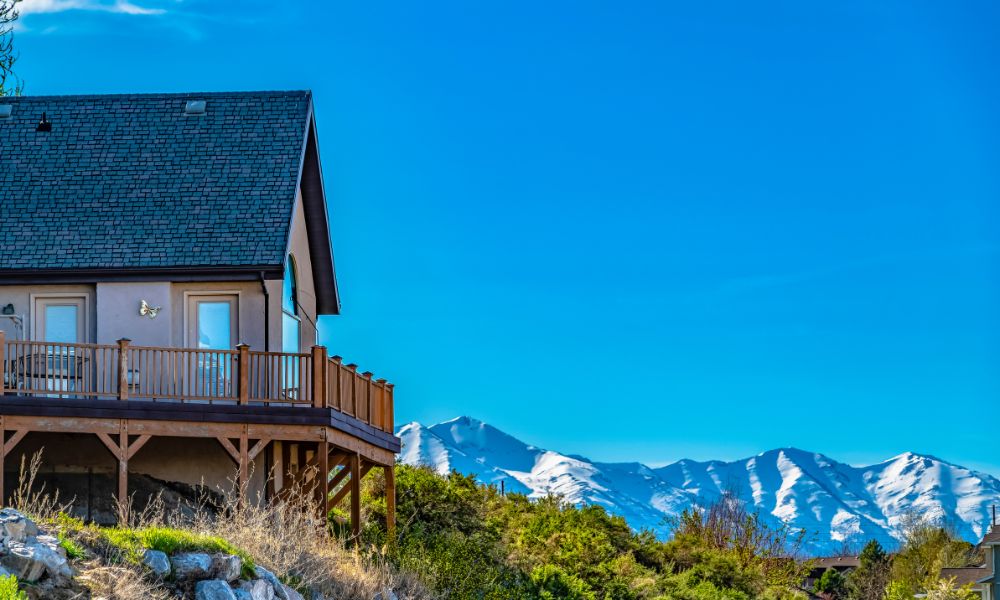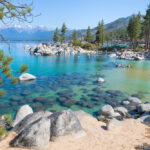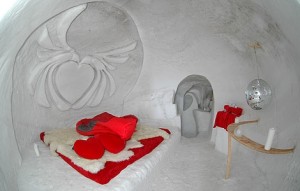We once lived in the southern California mountains of Big Bear Lake, and eventually owned two homes there. One was a smaller home on the slopes of Bear Mountain; the second a much larger home between Bear Mountain and Snow Summit. So many fond memories were built in thos mountain.
Escaping to the serenity of a mountain home can be a dream come true for many–as it was for us. Nestled amidst nature, these homes offer a unique blend of tranquility and adventure, presenting a lifestyle substantially different from the hustle and bustle of city living.
However, purchasing a mountain home involves careful consideration. To make an informed decision and ensure a smooth buying experience, you should explore what you need to know before buying a mountain home.
Consider Proximity and Convenience
Living in a secluded environment may be appealing, but it’s important to ensure you will still have easy access to healthcare facilities, grocery stores, and other necessities. Look for homes within a reasonable distance of town centers or daily conveniences. At the very least, seek out places offering reliable transportation options to nearby towns.
Additionally, remember that some mountain roads can be tricky to navigate, especially in winter. Ensure the property you select has well-maintained roads and, if necessary, services for snow removal.
Evaluate Travel and Commute
The most important thing you need to know before buying a mountain home is what your daily travel and commute will look like. Mountainous regions often require more time for travel due to winding roads and potentially hazardous conditions, particularly in winter.
If the home is particularly remote, a potentially quick trip could quickly turn into a long, arduous journey. Balancing the allure of a secluded mountain home with the practicalities of your everyday needs is a key part of making a successful purchase.
Think About Hidden Additional Costs
Be prepared to deal with hidden costs that may not be immediately obvious. These can range from higher utility bills to heating demands in winter or increased maintenance costs for problems like weather-related wear and tear or wildlife intrusions.
For example, if you ever need to replace the window in your mountain home for a remodel, you’ll have to fork out the cash for high-quality windows that can withstand the weather and pressure conditions. Furthermore, some communities have homeowner association (HOA) fees that cover shared services like road maintenance and snow removal. These fees can add up over time, so it’s crucial that you factor them into your budget.
Inspect the Home’s Structure
Mountain homes are often subject to extreme weather conditions, from heavy snowfall to high winds, affecting the building’s stability. Look for any signs of structural damage throughout the property, such as cracks in the walls, sagging floors, or doors and windows that don’t close properly, as these indicate serious underlying issues.
Additionally, pay close attention to the roof, as it is one of the most critical parts of a home facing mountain weather. Ensure the roof is in good condition, properly insulated, and has an appropriate pitch for shedding snow. If possible, hire a local home inspector who’s familiar with the specific challenges of mountain homes and have them perform a comprehensive examination.
Understand the Lifestyle
The mountains offer a slower pace of life, abundant wildlife, and opportunities for outdoor activities like hiking, skiing, and fishing. However, they also bring challenges like potential isolation, limited nightlife, and occasional inconveniences like power outages or closed roads. Interactions with local wildlife can be thrilling and challenging, as animals like deer or bears can wander into your property.
If you relish solitude and the outdoors, the mountain lifestyle may be perfect. Before buying a mountain home, spend some time in the area to understand if the lifestyle suits you.







